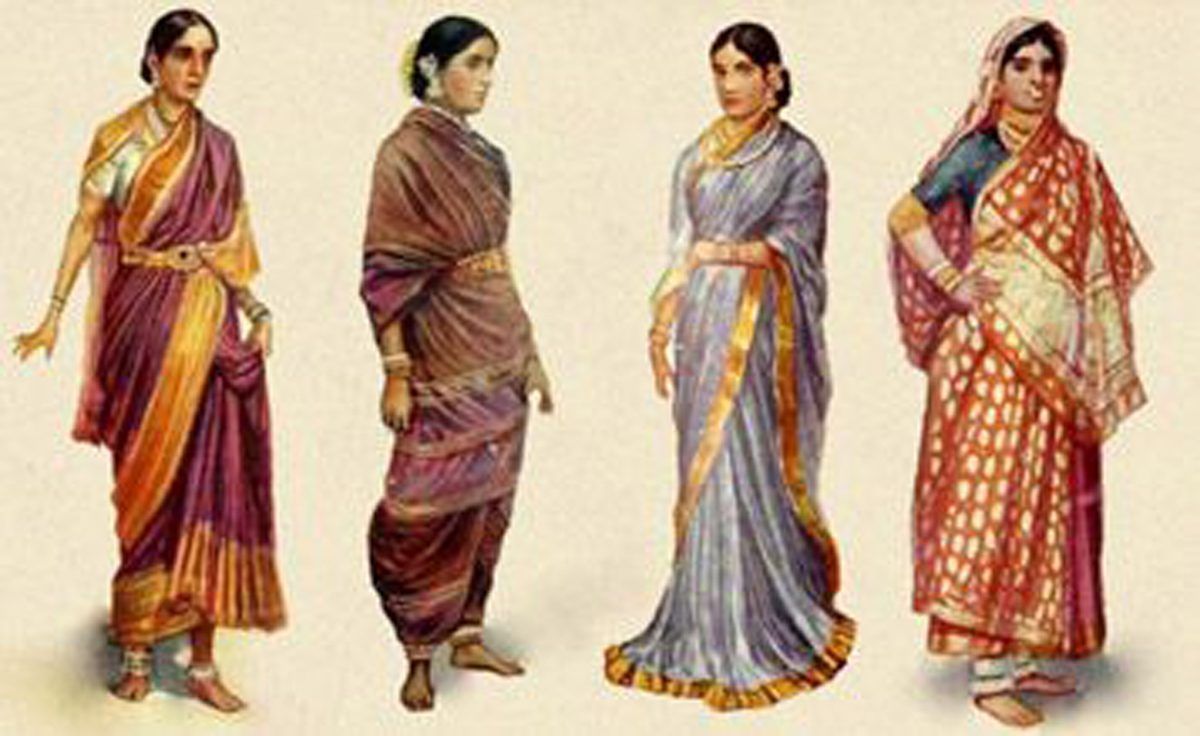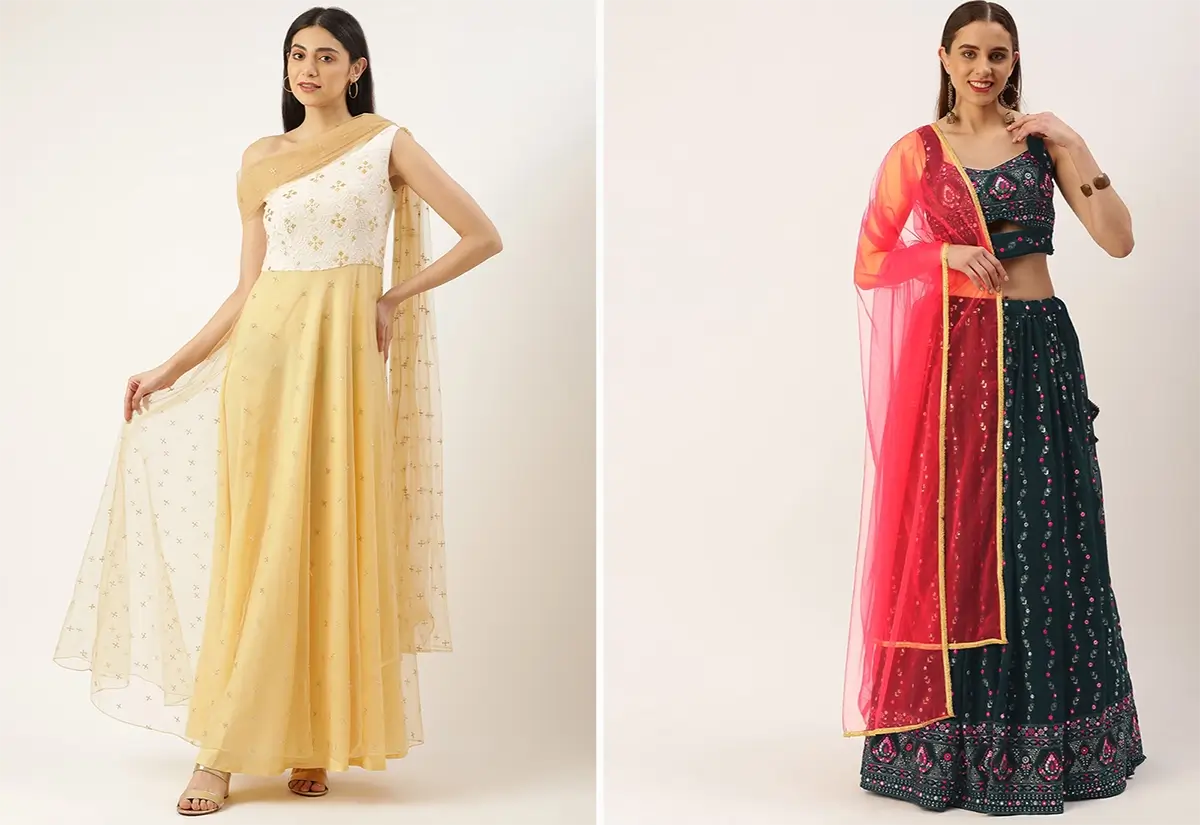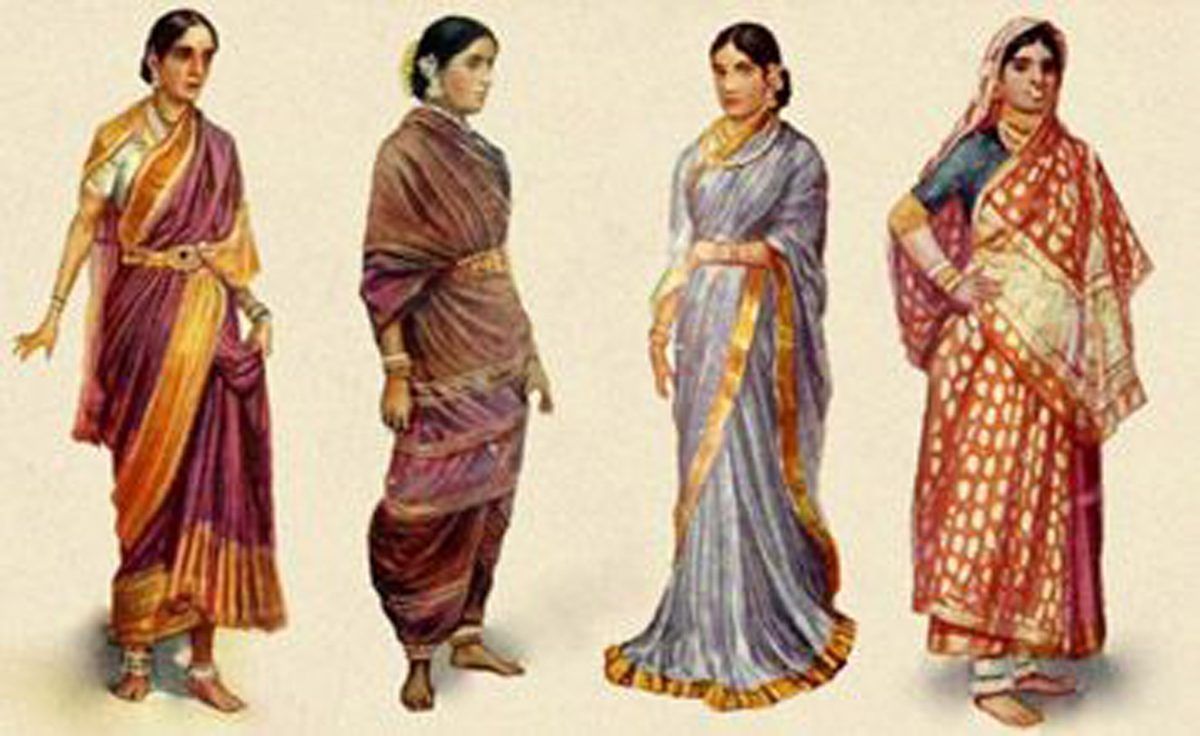Wrapped indian garment nyt – Wrapped Indian garments, such as saris, dhotis, and lungis, hold a profound cultural and social significance in India. These garments reflect traditions, customs, and beliefs, and have evolved over time to incorporate modern interpretations and trends.
From their intricate fabrics and designs to their global influence, wrapped Indian garments offer a captivating glimpse into the rich tapestry of Indian culture and its impact on contemporary fashion.
Types of Wrapped Indian Garments
Wrapped Indian garments, with their vibrant colors, intricate designs, and flowing fabrics, hold a significant place in Indian culture and fashion. These garments are versatile and can be worn for various occasions, from formal events to everyday wear.
There are several types of wrapped Indian garments, each with its own unique style and cultural significance. The most popular types include:
Saris, Wrapped indian garment nyt
- Saris are long, unstitched fabrics that are draped around the body in various styles.
- They are typically made from silk, cotton, or synthetic materials and can be adorned with embroidery, prints, or embellishments.
- Saris are considered a symbol of grace and elegance and are often worn for special occasions such as weddings, festivals, and religious ceremonies.
Dhotis
- Dhotis are rectangular pieces of fabric that are wrapped around the waist and legs.
- They are usually made from cotton or silk and can be plain or patterned.
- Dhotis are traditionally worn by men and are considered a symbol of masculinity and simplicity.
Lungis
- Lungis are similar to dhotis but are shorter in length and are often worn as casual wear.
- They are made from cotton or synthetic materials and can be printed with various designs.
- Lungis are popular in rural areas and are often worn by farmers and laborers.
Cultural and Social Significance
Wrapped Indian garments hold profound cultural and social significance, deeply intertwined with Indian traditions, customs, and beliefs. These garments transcend mere clothing, becoming symbols of identity, status, and religious devotion.
In religious ceremonies and festivals, wrapped garments play a sacred role. For example, the dhoti, a draped garment worn by men, is considered auspicious and is often worn during religious rituals. Similarly, the sari, a long, flowing garment worn by women, is associated with grace, elegance, and purity, making it a popular choice for weddings and other special occasions.
Daily Life and Social Status
Beyond religious ceremonies, wrapped Indian garments are an integral part of daily life. The style, fabric, and embellishments of these garments often indicate the wearer’s social status, occupation, and region. For instance, in rural areas, simple cotton garments are common, while in urban settings, more elaborate and ornate garments are often worn.
Modern Interpretations and Trends: Wrapped Indian Garment Nyt

Wrapped Indian garments have undergone a significant evolution in contemporary fashion, embracing modern sensibilities while preserving traditional aesthetics. Designers are incorporating traditional elements into their creations, resulting in a fusion of heritage and innovation.
Designers’ Incorporation of Traditional Elements
Contemporary designers are reimagining traditional Indian textiles and techniques in their designs. For instance, renowned Indian designer Sabyasachi Mukherjee incorporates intricate embroidery, vibrant colors, and traditional motifs into his collections. Other designers, such as Anita Dongre and Tarun Tahiliani, use handwoven fabrics and artisanal techniques to create garments that celebrate Indian heritage.
Global Influence
Wrapped Indian garments have gained global recognition, influencing international fashion trends. Designers worldwide draw inspiration from the vibrant colors, intricate patterns, and versatile draping of these garments. This influence is evident in collections by international brands such as Gucci, Louis Vuitton, and Dolce & Gabbana, which have incorporated elements of Indian textiles and silhouettes into their designs.
Impact on International Fashion Trends
The global influence of wrapped Indian garments has led to a wider appreciation of Indian textiles and design aesthetics. Designers from different cultures are experimenting with Indian fabrics and techniques, resulting in a cross-cultural exchange of ideas and inspirations. This has contributed to the diversification and enrichment of international fashion trends.
Ultimate Conclusion

Wrapped Indian garments continue to captivate and inspire, both within India and beyond its borders. Their cultural significance remains deeply rooted, while modern interpretations keep them relevant and stylish in the 21st century. As fashion continues to evolve, these garments will undoubtedly continue to play a significant role, showcasing the enduring beauty and diversity of Indian culture.
FAQ Explained
What are the different types of wrapped Indian garments?
The most common types of wrapped Indian garments include saris, dhotis, and lungis. Saris are long, unstitched fabrics that are draped around the body, while dhotis are rectangular pieces of cloth worn by men and lungis are similar to saris but shorter.
What is the cultural significance of wrapped Indian garments?
Wrapped Indian garments hold deep cultural and social significance. They reflect traditions, customs, and beliefs, and play an important role in religious ceremonies, festivals, and daily life.
How have wrapped Indian garments evolved over time?
Wrapped Indian garments have evolved over time to incorporate modern interpretations and trends. Designers are incorporating traditional elements into contemporary designs, creating garments that are both stylish and rooted in tradition.

